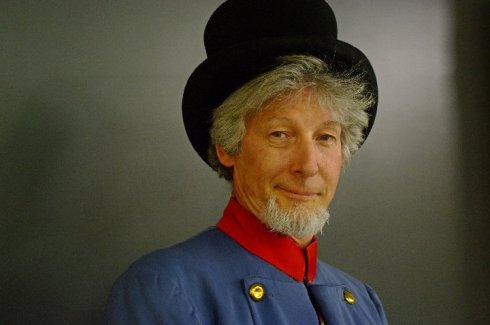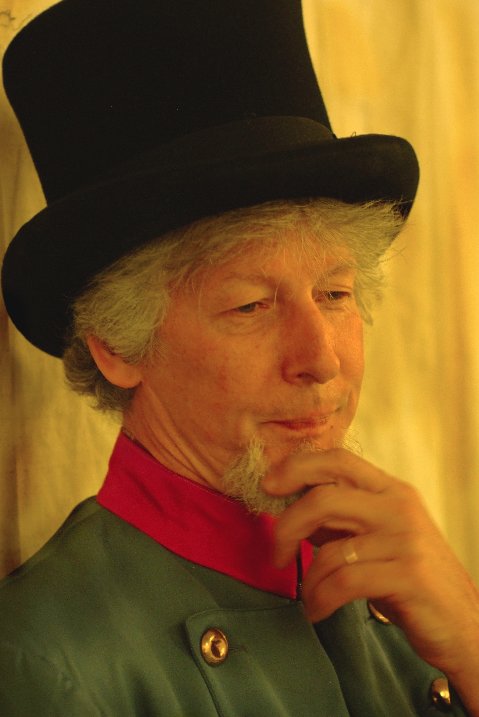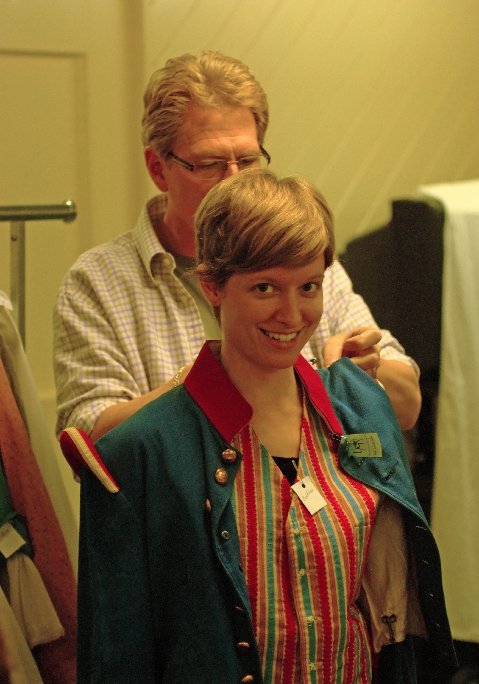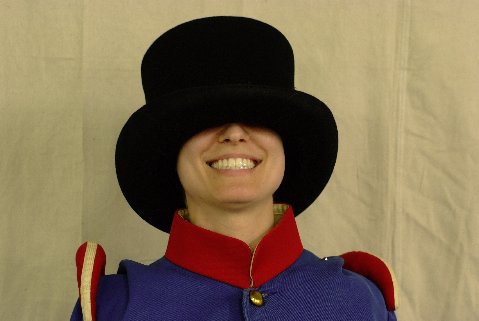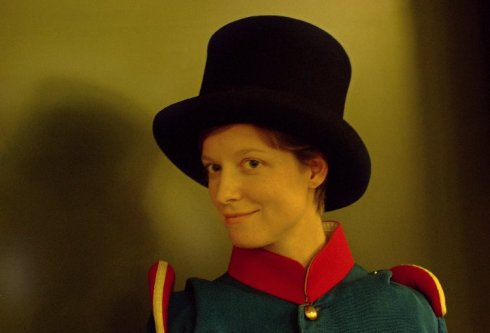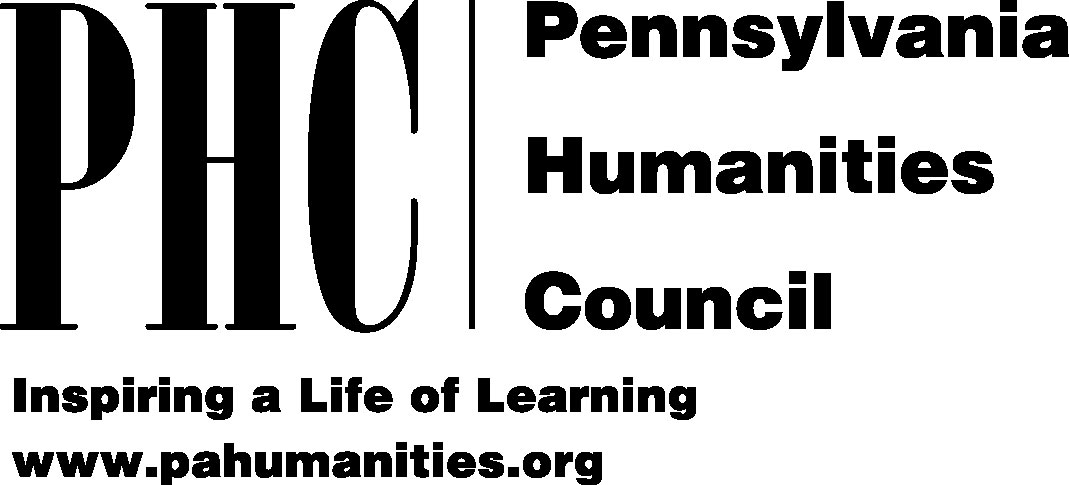Our journalist in residence, H. Scott Heist, and Touchstone’s co-founder Bill George have been good friends for several decades. The following is an interview of Bill written by Scott about Touchstone’s history in creating community based works.
 Well, it came out of a winter dinner with old friends. Then a lunch scheduled on one of those near winter days when the clouds caress the tops of the Bucks County corn shocks, each divided by spears of streaking yellow light. Bill George asked after my interest in a Touchstone project? The reply was:” yes but, I really should know what it was about.” And that’s how we got to the lunch in the little café. Like when we were kids.
Well, it came out of a winter dinner with old friends. Then a lunch scheduled on one of those near winter days when the clouds caress the tops of the Bucks County corn shocks, each divided by spears of streaking yellow light. Bill George asked after my interest in a Touchstone project? The reply was:” yes but, I really should know what it was about.” And that’s how we got to the lunch in the little café. Like when we were kids.
Touchstone Theatre was 30 years old. Our kids now the age when we began to march. Bill was back as director at Touchstone, the economy in a created crisis and well, myself just doing a long tour with the realities of an auto accident. So much for retiring to the Mediterranean sun to finish the unfinished Books.
After all the trekking all over the world, we were once again making plans in a small eatery on the Southside, of a former steel town. What remained the same was: the company was good. The change was we had learned a lot. Often the hard way. And it was time to put that together again.
Empirically, it is true to say our friendship was forged in Bethlehem. When the mills lit the sky. With one essential difference. Bill came to Bethlehem to be educated at Lehigh University. I saw those big mills gaining on me and ran as fast as a bus and an “A” train could carry me to NYU the New School.
 Bill and Bridget George formed a street theatre company: Bethlehem People’s Theatre. I photographed the theater and streets of New York. Our friendship was began as professionals not students, and since the beginning knew our economic lives depended upon our talents. I was hired to document BPT.
Bill and Bridget George formed a street theatre company: Bethlehem People’s Theatre. I photographed the theater and streets of New York. Our friendship was began as professionals not students, and since the beginning knew our economic lives depended upon our talents. I was hired to document BPT.
Bare with me, don’t close the curtains. Don’t turn off the lights. We are rolling through an explanation of community based theater. And that is central to all the rest to come. Based means it comes from the community, and it’s stories, life blood, myths, truths, lies and culture. Its weather, dreams. and nightmares, its soot and then lack of soot.
The first commission for Bethlehem People’s Theatre (soon we will simply call it Touchstone)was something called “WORKING”. Commissioned by AFL/CIO and presented at the Steelworker’s hall, if memory serves. Production and development cost pegged at 75 bucks.
In the next 30 years, Touchstone would draw from the well of its community: play after play, becoming in the course of which a community institution itself. In the old southside firehouse. A connoisseur and repository of historical fictions complete with comedic crisis, often no larfing matters.
From the theft of Bill’s Bicycle to the normal ebb & flow of ensemble existence. All of which is the nature of community, of which is the source material and the basis of what Touchstone Theatre is. And the spool upon which we wrap yet another story.
While back … this stuff percolates, often endlessly … the late writer Joan Campion, South Side Bethlehem’s champion, came to Bill with the concept of cemetaries & the histories and stories that rest within them. Now Bill’s a good guy (and fun to tease) so he took this back to the Touchstone grist mill. (a fair explanation of “ensemble”).
Bill: “The graveyard idea had been around a while & we flirted with it on different projects.” It never took hold in its entirety. Often these concepts are vector based, waiting for the laws of un-intention to begin occupying space.” 
‘Bout the same time, Dave Rabaut, Touchstone Board President, became involved in the sesquicentennial recognition of the Civil War and hoped the theater company would find a vehicle. A lot was mentioned including Uncle Tom’s Cabin. As professionals the ensemble knew there would be “ a bit of a tidal wave, economically and aesthetically, with the 150th anniversary.”
“We’ve always liked doing an original community based piece every couple of years that taps into collective memory. This became the growth of an idea rather than a piece of one. I had been working with THE WHITMAN PIECE for 6 or 8 years which had similar American History, which fit nicely”
Bill just returned to Touchstone after touring lots of Sacred work realizing that to continue it, he would need to be on the road 30-40 weeks a year. At the same time Touchstone was going through its own changes. “So, this was a good time to return to my tribe”
 As the vectors crossed books surfaced concerning the cemeteries, the civil war & remembrances surfaced, the ensemble took on numerous shape shifts until a concept of the community history took shape, grants were written, the tribe called together … sort of fitting for a 30th year at Touchstone Theatre.
As the vectors crossed books surfaced concerning the cemeteries, the civil war & remembrances surfaced, the ensemble took on numerous shape shifts until a concept of the community history took shape, grants were written, the tribe called together … sort of fitting for a 30th year at Touchstone Theatre.
After our first meeting … I began to frequent the three main cemeteries: God’s Acre the early Moravian resting place, Nisky Hill (also Union Cemetery on the northside and St. Mark’s on the Southside with the professional reality that if all this went through we would need more than the same tired stuff to create new visual mental space. More of that work later.
So, a year later, after the grants arrived, we sat in the same café, dividing the check. Just like we used to when Bill and Bridget were starting Touchstone and I designed the Touchstone Logos. Words became reality.
Something else was was buzzing in Bill:
“I’d like to keep the institutional memory of Community Based Theatre alive at Touchstone. The Steel Piece, the street theatre, Jacques Lecoq. All the original work and all the influences we presented.”
As J.P. Jordan takes over as Artistic Director and many new and talented people arrive, those of us who have passed through Touchstone want the Institutional memories to remain, of artists interested in the life and community in which we live. To appreciate the language of its stories and rites which occur in Community Based Theatre.
“An ability to move theatre from a piece of fragile art to a living and life giving ceremony.” A Resting Place takes us back to our roots.
Walking back to Touchstone, the sound of all that water passing under all those bridges, mingles with the sound of our footsteps.

